Consider this data frame:
set.seed(123)
dat1 <- data.frame(Region = rep(c("r1","r2"), each = 100),
State = rep(c("NY","MA","FL","GA"), each = 10),
Loc = rep(c("a","b","c","d","e","f","g","h"),each = 5),
ID = rep(c(1:10), each = 2),
var1 = rnorm(200),
var2 = rnorm(200),
var3 = rnorm(200),
var4 = rnorm(200),
var5 = rnorm(200),
var6 = rnorm(200))
dat1$ID <- factor(dat1$ID)
I am using the mclust package to fit a mixture model and get bootstrapped standard errors as shown here:
library(tidyverse)
library(mclust)
set.seed(123)
mod <- Mclust(dat1[,5:10], G=5, modelNames = "VEI", initialization = list(hcPairs = randomPairs(dat1[,5:10], seed = 123)))
plot(mod, what = "classification")
plot(mod, what = "density")
boot <- MclustBootstrap(mod, nboot = 25, type = "bs")#25 for now to speed up
Next I want to create a new data frame that shows the mixture probabilities for each observation, so I combine the original dat1 with mod$z.
probs <- mod$z
colnames(probs) <- paste0("Prob", 1:mod$G)
probs <- cbind(dat1, probs)
probs <- cbind(probs, cluster = mod$classification)
Now I want collect:
1) the average value of each variable within each cluster, and 2) the standard error for each of those averages (which comes from summary(boot, what = "SE")$mean). I will use these to create the plot below, and return a table that shows the average and SE values.
newdat <- cbind(dat1, cluster = mod$classification)
a <-
newdat%>%
dplyr::select_if(is.numeric)%>%
dplyr::group_by(cluster)%>%
summarise_all(mean)%>%
pivot_longer(-c("cluster"), names_to = "Vars", values_to = "mean")
b<-
as.data.frame(cbind(cluster=1:mod$G, t(summary(boot, what = "se")$mean)))%>%
pivot_longer(., -c("cluster"), names_to = "Vars", values_to = "SE")
a<-dplyr::mutate(a, "SE" = b$SE)
ggplot(a, aes(x=Vars, y=mean, group=factor(cluster))) +
geom_line(aes(colour=factor(cluster)))+
geom_point()+
geom_errorbar(aes(ymin=mean-SE, ymax=mean+SE), width = .1)+
ggtitle("Mean by cluster") +
expand_limits(y=0) +
scale_y_continuous(breaks=0:20*4) +
labs(x = "Var", y = "Cluster Average")+
theme_bw() +
theme(legend.justification=c(1,0),
legend.position=c(1,0))
library(knitr)
kable(a)
Ultimately I want to write a function that will perform each of these steps and return the output at once. It will be applied to data frames structured just like dat1, except they will have different numbers of var columns. I will also need to specify how many clusters to use and which model to use when mod is created. What is a better way for me to collect the information that is stored in a so that the same process can be applied to any combination of variables (var. columns) and mixture components (G specified in mod) from within a function?


